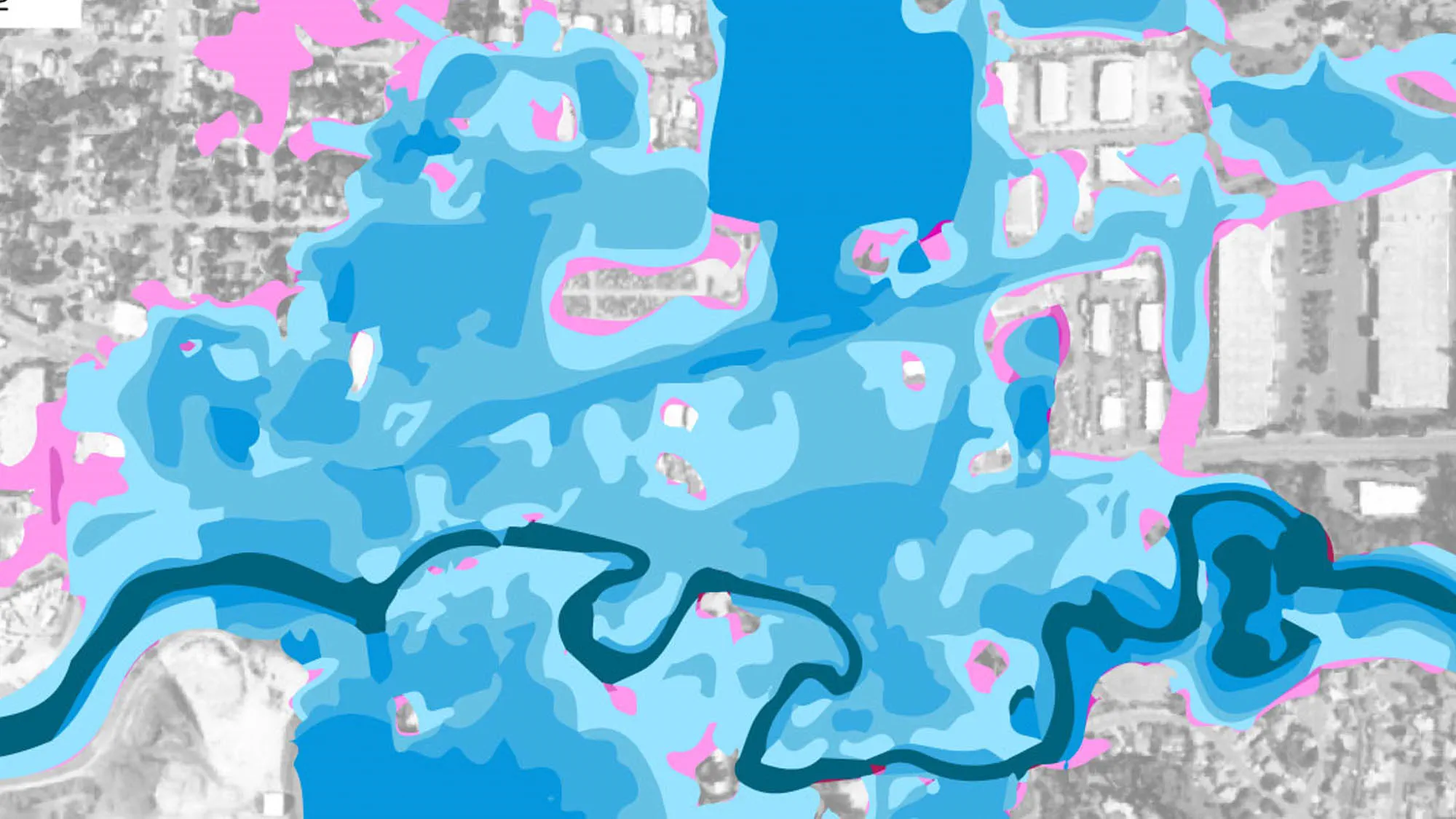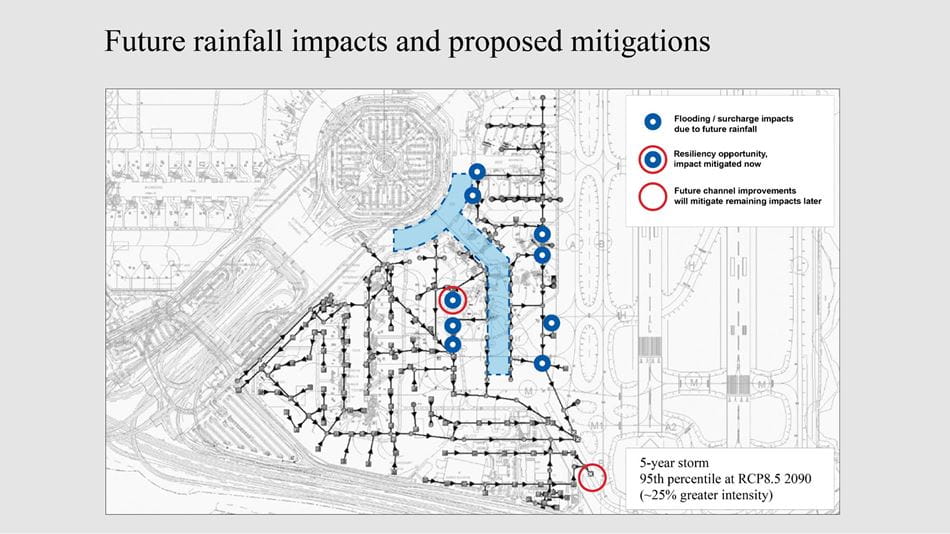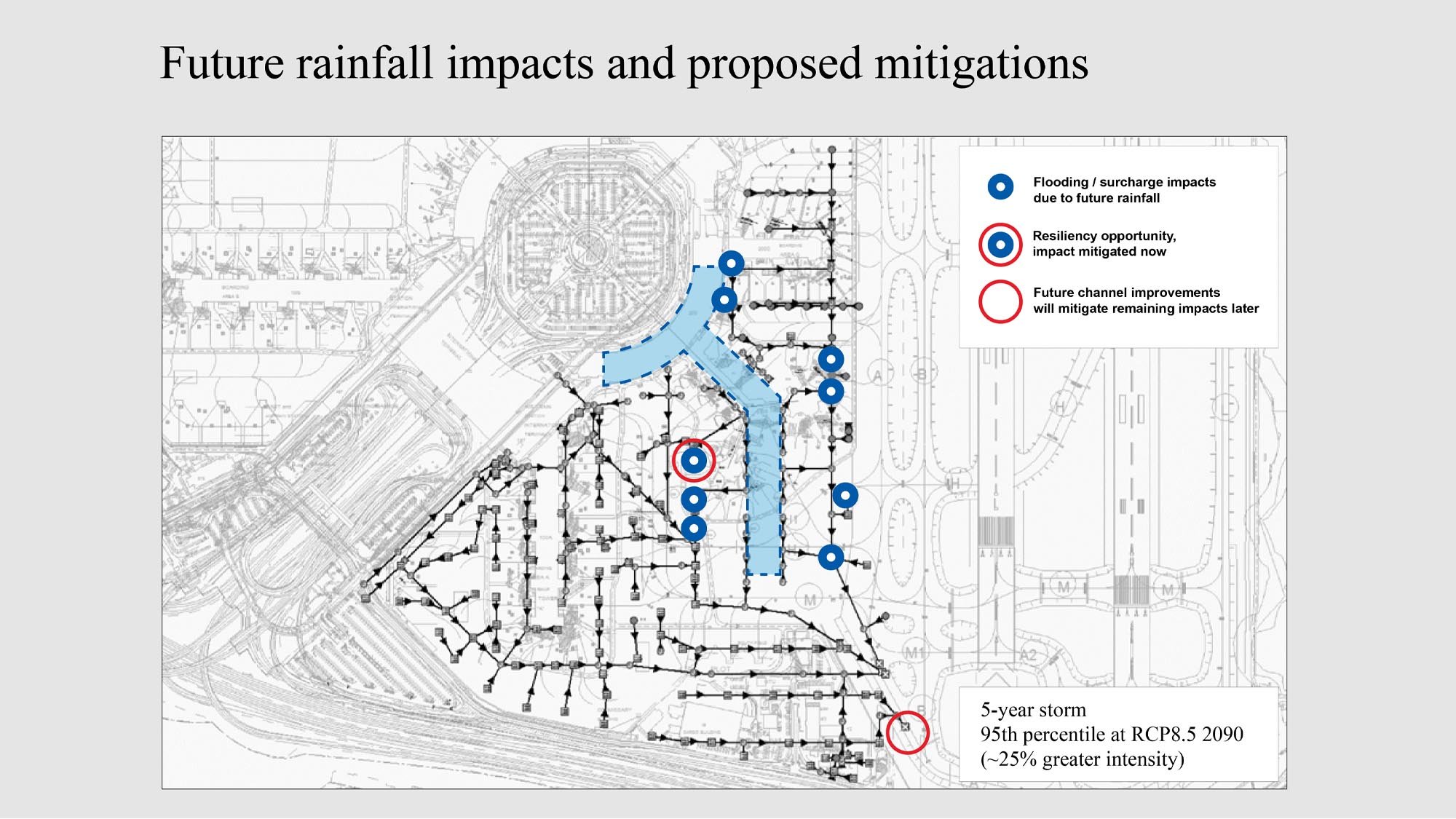Buildings and infrastructure built today will experience significantly different weather patterns over the course of their lifespan as our climate continues to change. Everyone from planners to architects and owners to operators needs insights into the future effects of their changing local climate on the built environment. Increasingly extreme heat or intensified rainfall will continue to present challenges to existing buildings’ operation, maintenance, user safety, and overall lifespan.
Arup, in partnership with Argos Analytics, has developed WeatherShift™, a platform that provides future climate data in standardised formats for practitioners, such as engineers and architects.
Using WeatherShift, a designer can quickly utilize the application, which draws on data from appropriate validated climate projection models, and generates a representation of future climate at any location in the world. Subsequent data analyses allow design teams and asset owners to quickly stress-test their design and make better informed decisions, reducing life-cycle costs and prioritizing climate-resilient construction strategies that enhance resilience across the built environment.
Data Product Offerings
WeatherShift provides future climate data relating to heat and rain, using familiar data standards like fEPW (for heat) and fIDF (for water), meaning architects, engineers, and energy and sustainability consultants can easily leverage the tool within their existing design workflows.
In the era of climate change, WeatherShift is an essential asset for designing a more sustainable built environment as it enables the development of robust and resilient planning for infrastructure assets. In line with this, Arup will continue to improve the platform as new products are developed.
© Jason O'Rear
San Francisco International Airport Terminal 1 – The Harvey Milk Terminal Boarding Area B
Built in the early 1960s and renovated in the 1980s, San Francisco International Airport’s (SFO) Terminal 1 welcomes millions of passengers each year, and its aging systems could not meet the demands placed on it now and in the future. The Terminal 1 Replacement Program sought to revolutionize the guest experience in this critical piece of infrastructure. Our team reshaped the terminal’s Boarding Area B, delivering energy efficiency, sustainable structures, and resilience, all while maintaining operations. As the primary designer for the airside elements of the project, Arup used WeatherShift data to inform resilient design decisions.
The project team used WeatherShift to test the robustness of the airport’s drainage design. The platform provided the project team with climate change models that projected rainfall intensity increases of 10% to 25% by 2090. This data informed key design adjustments that increased the system’s resilience under higher-intensity storms.
For example, while most of the drainage system was capable of handling the increases in rainfall, an isolated, susceptible “weak link” in the system was identified and upgraded. The change was small and relatively low in cost. However, its value will continue to grow as potential costs of future operational and maintenance impacts are mitigated.

 ;
;



